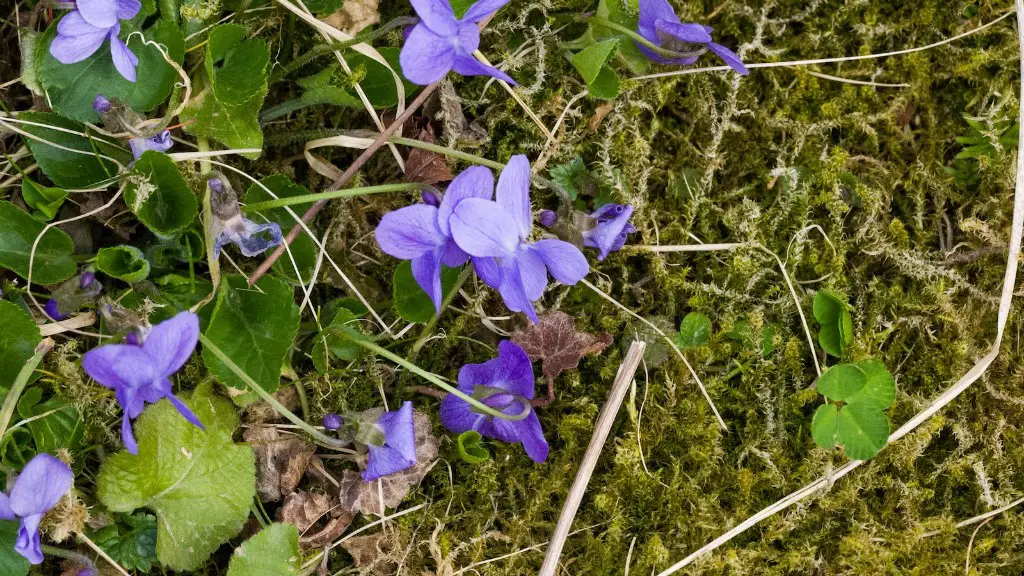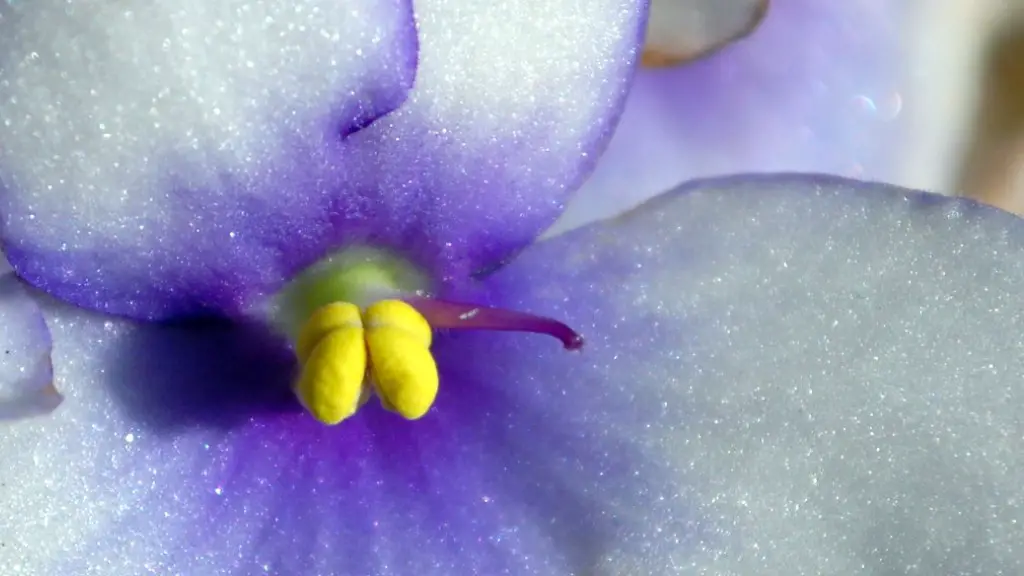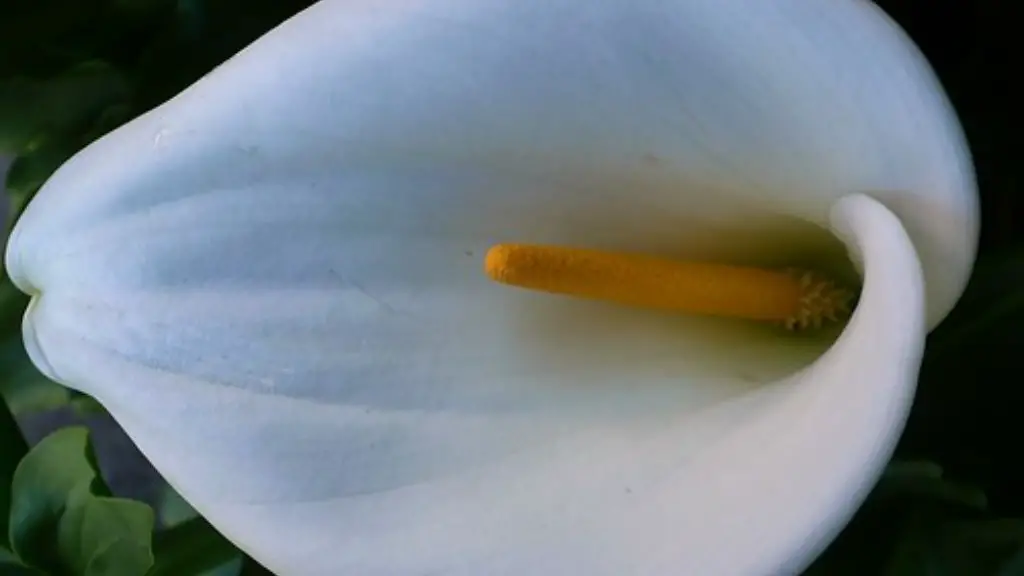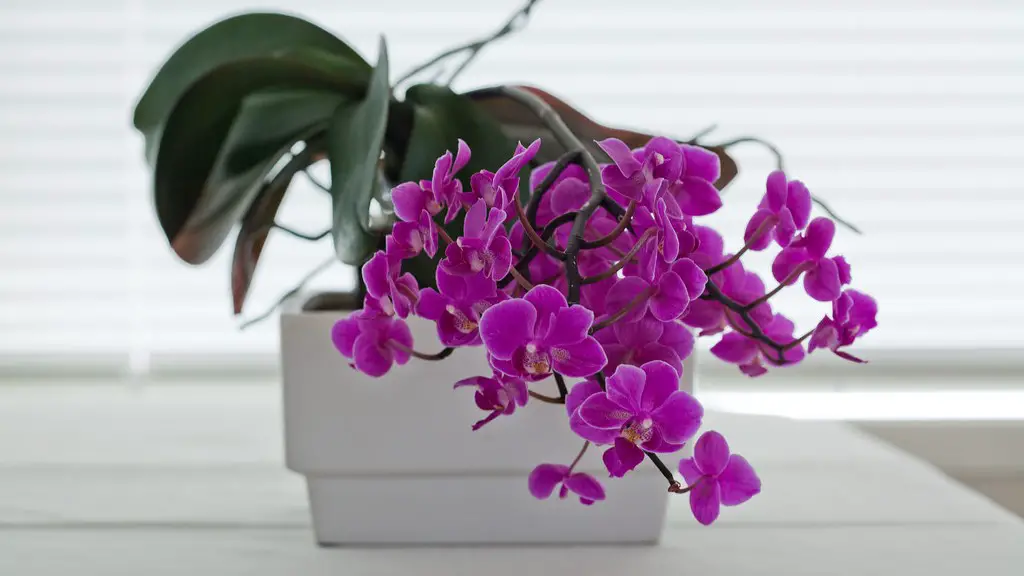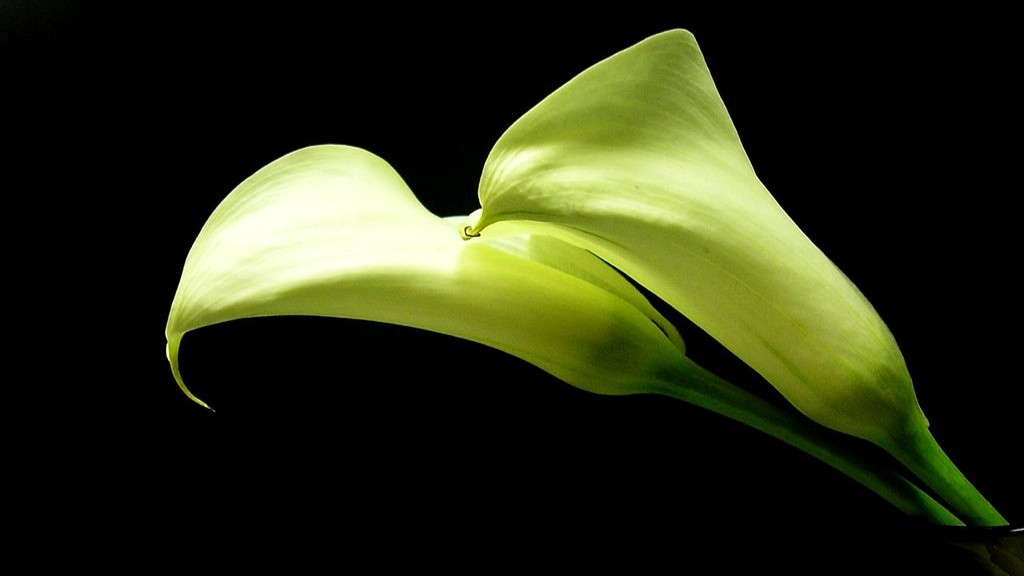African violets are a type of plant that is native to Africa. They are one of the most popular houseplants in the world and are known for their beautiful flowers. African violets are relatively easy to care for and can be grown indoors with some basic care.
African violets are a type of plant that is often grown indoors. When caring for African violets, it is important to keep the following things in mind:
– African violets need bright, indirect light. Too much direct sunlight can scorch the leaves, so it is best to place them near a window where they will receive indirect sunlight.
– African violets need to be watered regularly, but the soil should be allowed to dry out in between waterings. Overwatering can cause the leaves to rot.
– African violets need to be fertilized every month or so using a fertilizer designed specifically for African violets.
– African violets should be potted in a well-draining potting mix.
By following these tips, you can ensure that your African violets will thrive indoors.
How often should you water an African violet?
A wicking system is a simple way to make sure your African violets are never over watered. Simply place a wick in the bottom of the pot and water the plant once a week. The wick will pull the water up into the pot, keeping the roots moist. Allow the plant to completely dry out between waterings to prevent root rot.
African violets are beautiful indoor plants that thrive in bright, indirect light. They make an excellent addition to any home and are easy to care for. Keep their leaves dry to prevent rot and keep them away from drafts to prevent them from losing moisture. With proper care, these plants will bloom abundantly and provide years of enjoyment.
Should African violets be watered from the top or bottom
African violets are best watered from the bottom, in a dish of lukewarm water. If you water from the top, be careful not to get water on the leaves when the plant is in the sun, as this can cause leaf spots.
African violet plants are best watered from the bottom up. Place the plant in a shallow tray of water for 30 minutes, allowing the soil to soak up the water through the drainage holes at the bottom of the pot. This will help to avoid waterlogging the plant, which can lead to root rot.
Should African violets be misted?
It is important to not mist the foliage of African violets as this may cause permanent leaf spotting. Use room temperature water instead and be careful not to saturate the crown of the plant as this may lead to crown rot.
If you’re unsure about the quality of your tap water, it’s best to err on the side of caution and use filtered or distilled water for your African violets. Chlorine, chloramines, and dissolved solids can all have negative effects on these delicate plants, so it’s best to avoid them if possible.
How long do indoor African violets live?
African violets should be repotted every one to two years to ensure they have enough space to grow. This also allows for fresh potting mix, which will provide nutrients for the plant.
African violets need indirect sunlight and should be placed in a north- or east- facing window for best results. Keep plants away from cold glass and rotate the pot once a week so all leaves receive light. Extend daylight by placing African violets under a grow light during winter months.
How do I get my African violet to bloom again
African violets are a type of flower that produce beautiful blooms. However, they can sometimes stop blooming. If this happens, there are a few things you can do to encourage them to start blooming again.
One thing you can do is make sure the plant is getting enough light. African violets need bright, indirect light in order to bloom. If the plant is not getting enough light, it will not bloom.
Another thing you can do is turn up the humidity. African violets prefer high humidity, so increasing the humidity around the plant can encourage it to bloom.
You can also replenish essential nutrients. African violets need certain nutrients in order to bloom. If they are not getting enough of these nutrients, they will not bloom. You can replenish nutrients by fertilizing the plant.
Another way to encourage blooming is to keep the plant pleasant. African violets prefer warm temperatures and high humidity. If the plant is not in an environment that it enjoys, it will not bloom.
Another thing you can do is choose the right soil. African violets need well-drained, loosely packed soil. If the plant is in soil
African violets are particularly finicky about their water, so make sure it is room temperature or tepid before giving it to your plant. It is best to let the water sit for 24-48 hours, but if you can’t, then at least let it stand for an hour.
What kind of pots do African violets like?
Self-watering ceramic pots are ideal for moisture-loving African violets. The inner pot is unglazed, allowing the water to slowly penetrate through to the soil from the outer pot. This means that the roots of the African violets will always have access to moisture, which is vital for their health.
If you have over-watered your African Violet plant, you will need to take measures to dry out the plant. The leaves and/or leaf stems may turn soft, limp or mushy due to the retention of water. You can try removing the plant from its pot and placing it on a paper towel to absorb the excess water. You should also let the plant dry out completely before watering it again.
Does African violets like coffee grounds
Coffee grounds are rich in nitrogen and other minerals, and they can be a great addition to your African violet potting mix. However, don’t overdo it – too much coffee ground can make the soil too acidic and harm your plant. Use a light hand and only add a small amount at a time.
Watering your plant is important to encourage blooming and to keep the soil moist to dry. To water from the bottom, place the plastic grower’s pot in water and allow the plant to absorb the water for no more than 30 minutes.
Do African violets need to be repotted?
If you notice that your African violet’s leaves are wilting or that its roots are overgrown, it’s time to repot the plant. Doing so will ensure that it continues to grow big and beautiful. To repot an African violet, first inspect the plant to make sure that its roots and leaves are healthy. If they are, then carefully remove the plant from its current pot and replant it in a new one that is slightly larger. African violets need to be repotted about once a year to keep them growing strong and healthy.
If you want your African Violet to stay healthy throughout the year, you need to fertilize it regularly. During the spring and summer, you should fertilize your African Violet once every two weeks. However, during the fall and winter, you shouldn’t fertilize the plant at all to prevent over-fertilizing.
Warp Up
To care for indoor African violets, water the plant when the soil is dry to the touch. Place the plant in a spot with bright, indirect light. fertilize African violets every two weeks with a water-soluble fertilizer. Keep the plants in a humidity-controlled environment, and wipes the leaves with a damp cloth to remove dust.
If you want your African violets to thrive, there are a few things you need to do. First, give them bright indirect light – a south facing window is ideal. African violets also like to be kept moist, so water them when the soil is dry to the touch. Be sure to use room temperature water and water from the bottom of the pot so the leaves don’t get wet. African violets also benefit from being fertilized – use a fertilizer made specifically for them.

